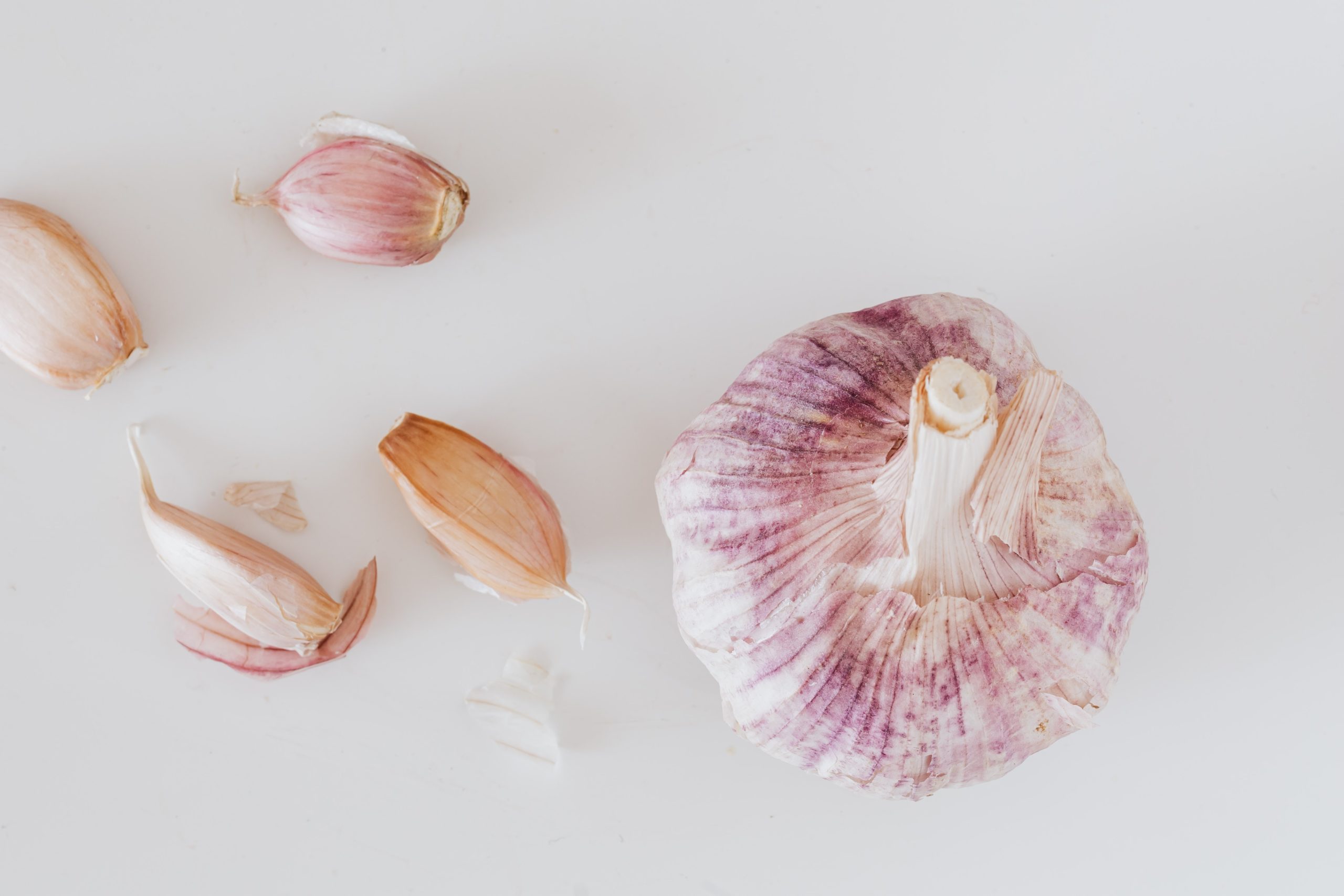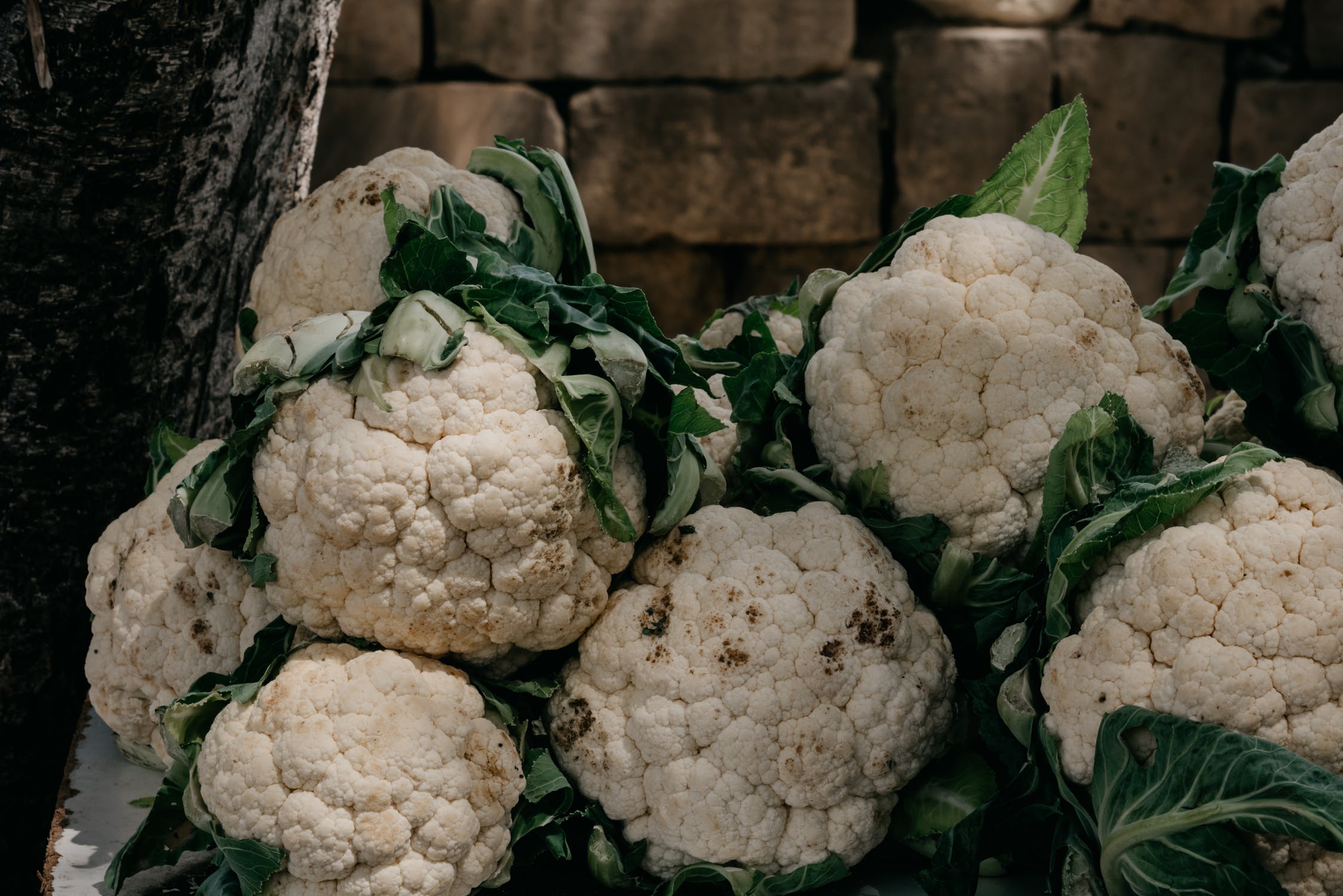This post is all about increasing your wellness game. I’ve got TONS of examples of little substitutions you can make to get you on your wellness track and make you healthier than ever.
These small changes will help you drop extra pounds, improve your skin, improve your energy, and just boost your overall health and wellness. AND, some of them have a minimal price change, so for little-to-no added cost they can take you to a place that’s really amazing.
Enjoy these wellness tips! Feel free to watch the above video, or read the article :)
1. TRADITIONAL PASTA → BETTER PASTA
Let’s start with pasta. Pasta is a great one because it’s such an easy staple for dinner, and I feel like over the last few years everyone has deemed pasta to be bad.
Not all pasta is created equal and there are SO many great options these days. I feel like almost every grocery store offers some kind of gluten-free or high-protein option.
The first thing I want you to look for is definitely gluten-free. This alone gives you a whole range of pasta, but if you want to even take it one step higher I would say to go for some kind of high-protein pasta, like edamame, black bean, or lentil.
*NOTE – just because pasta (or chips, or anything) says it’s made with spinach or any kind of veggie, doesn’t mean it’s completely healthy.” Oftentimes, all that means is that it’s infused with a little bit of spinach, and the rest is still wheat, flour, etc.
Also, whenever you see ‘natural flavors,’ beware! It’s hard to know where these come from, and you’d be amazed by what food manufacturers are allowed to call “natural.”
2. COCOA –> CACAO
The next thing (this is my absolute favorite one) is cocoa and cacao. I love sharing this tip because I’m so passionate about cacao and I think a lot of people don’t know how crazy healthy this is.
Cacao and cocoa both come from the same place. They come from a cacao tree and this is where chocolate originates from. It’s when they take it from that tree and put it into packages that it just makes a world of difference.
Basically, cacao is one of the highest antioxidant foods on the planet. It is so good for you. I think it has something like 40% more antioxidants than blueberries. We all know how healthy blueberries are.
It naturally has no sugar, because chocolate on its own (and when it comes from the tree) is actually unsweetened. It’s amazing for your skin, it’s amazing for your energy, it can lower your blood pressure, it can prevent heart disease, it can improve sleep. There are so many great benefits.
If you can add cacao to everything I’d recommend it. Throw a little bit of raw cacao in oatmeal, throw it in a smoothie… I put it in quinoa in the morning! It’s just great for you.
Cocoa, on the other hand, goes through SO much processing. Even if you just take normal cocoa that’s unsweetened and has nothing added, it’s still not good for you because it’s been so processed that you’re losing all the amazing benefits that comes from cacao. So, when you’re making treats for your kids, or yourself (especially if you’re making hot chocolate), definitely switch to cacao from cocoa and you’ll see amazing benefits.
3. COUSCOUS –> QUINOA
I feel like couscous has a pretty healthy reputation. It’s a little more fancy than rice, but the problem with couscous is that it’s literally wheat flour, so it’s full of gluten.
We all know that gluten isn’t the best thing. I always say that with gluten, even if you don’t have Celiac Disease, or even if you don’t know whether you’re gluten intolerant, still try to avoid it because there are zero benefits to gluten. We absolutely don’t need it!
Also, you might not even realize that you’re intolerant to it or have some kind of sensitivity. If you ever feel fatigued, if you ever feel bloated, if you ever feel just like your energy is a little bit lower, you could have a gluten sensitivity, so try to avoid it just to see if you feel any better.
Quinoa is an amazing substitution that’s full of protein and fiber, and is really healthy. It’s still grains, so it’s really filling. You can eat it cold or warm, and it’s kind of similar to couscous in that you can put it in a salad. It just makes for a really easy substitution.
4. TABLE SALT –> SEA SALT
The next example is table salt versus some kind of sea salt, like Himalayan or Celtic. What’s funny is I feel like we’ve also learned that salt is bad for you, or that you should avoid salty foods. Actual sea salt, however, like Himalayan or Celtic sea salt actually has some great health benefits, and if you use it in moderation, it’s actually really good for you.
Water follows salt, which is why when you eat salty things, or when salt is used as a preservative in canned foods or frozen meals, you tend to get bloated after eating it.
Like I said, if you had some sea salt once in a while, it’s actually really good for maintaining your fluids. You actually need some sort of fluid balance that can regulate your blood pressure, help your digestion, and even help absorb other minerals and nutrients. So, if you were to completely have no salt in your diet, it would actually be unhealthy.
My suggestion to you: never EVER use table salt.
Salt in its natural form has so many minerals so many nutrients. But when you have table salt, not only is it heated at a really high temperature, which basically strips it of all of its health benefits, but there’s also tons of additives added in. It can have aluminium, it can have MSG… there’s just so many things that you don’t know that go into it, so stick to Celtic sea salt Himalayan sea salt if you can. It’s prettier, fancier, it tastes better, and you’ll be better off.
5. AGAVE –> COCONUT NECTAR
Let’s go to agave! Agave kind of had this really interesting marketing health kick where everybody thought it was the best thing in the world. Even to a point where we would see agave margaritas at bars and would automatically think they were healthier. Now, however, it’s very well-known that it’s actually not that healthy for you.
Naturally-occurring agave juice does have health benefits. That’s where this thought process came from. But by the time we process it and strip it down, this agave that you’re actually getting as a sweetener has so much fructose, probably the highest fructose out of any other commercial sweetener you can get. It’s really not that healthy at all.
Something like coconut nectar, which I feel like not enough people know about, is so amazing. It’s the lowest glycemic index of any of these sweeteners. Glycemic index (GI) is something you always want to pay attention to when you’re looking at any kind of sugar that you’re consuming. GI shows you how quickly your blood sugar spikes. We don’t want our blood sugar to spike up fast, so when something has a lower glycemic index and it spikes up slower that’s better. Coconut nectar has the lowest glycemic index. It actually has a lot of nutritional value, and it kind of tastes a little bit like honey, which I feel agave tastes like too.
Try coconut nectar. It’s an amazing substitution, and especially good when you’re baking or cooking.
6. DAIRY YOGURT –> CHIA SEEDS
Next we’ve got yogurt versus chia seeds. And I don’t just mean dry chia seeds, I mean chia seed pudding.
I feel like some people think yogurt is a healthy snack because of the protein and the calcium, which just upsets me, bECAUSE even if you have Greek yogurt with 0% sugar, the dairy content is what gets you. For anyone that’s still consuming dairy, I highly recommend even if you don’t want to go vegan or vegetarian, to stay away from dairy.
If you’re worried about calcium, I promise you there are way better sources out there: dark, leafy greens, broccoli, any kind of cruciferous vegetable, a calcium supplement… the risk vs. benefit is just so much better.
Making chia seed pudding literally takes 10 minutes to prepare, then you just stick it in the fridge.
In comparison to yogurt, chia seed pudding is great for your skin, is a great source of fiber, has lots of protein, and two tablespoons equals 15% of your daily calcium. One serving of yogurt might equal 20%, but that extra 5% isn’t that important given the negative effects!
This really is a no-brainer switch.
7. CINNAMON → Ceylon Cinnamon
The next thing I want to talk about is cinnamon. If you follow any of my content you know that I am absolutely OBSESSED with cinnamon. I love it because it adds flavor, it adds a kind of sweetness (but no sugar), and it actually regulates your blood sugar. So, I love recommending anyone who’s pre-diabetic to just throw cinnamon in your food wherever you can.
I put it in my coffee and I put it in my tea, but there are different kinds of cinnamon and this is a another really easy switch you can make that will help your health benefits.
If you just go and get regular cinnamon, typically called Cassia cinnamon, it tends to have more coumarin, which is an ingredient that can cause liver damage.
Ceylon cinnamon, however, is just a higher quality cinnamon and it is found pretty regularly at any health store. You can even find it on Amazon, so there’s a little easy fix to help you increase your wellness game.
8. Store-bought ICED TEA –> GREEN TEA
Okay, I love this tip. I feel like I said that about all of them but this is really my favorite one.
Anytime you want something besides water (because I understand it can get boring and sometimes you just want a little flavor), I highly, highly recommend taking any kind of green tea bag or white tea – you could even get these that are naturally flavored with monk fruit or fruit additives – and just take the tea bag, put it into a water bottle with some ice, and shake it up.
If you brew it first it’s a little healthier, but you don’t have to worry about this, because you’re actually still getting a lot of the tea benefits from just drinking it cold. Just stick the tea bag into the bottle, put in some water and ice, shake it up, and in two minutes you’re done with an amazingly refreshing drink versus buying something that’s bottled.
You could use this in replacement of any kind of juice or any kind of sugary tea, soda, or whatever. It’s so yummy and refreshing, especially with summer coming up. I’ve posted this on Instagram and so many people have been reposting it in their stories and loving it, because you would never think something so simple could taste so good.
9. SUGAR –> STEVIA
Alright, the next one is sugar. I feel like I really don’t need to go into why sugar is bad for you. I’m pretty sure most people know how bad it is, but here are my quick thoughts on it:
Sugar is something called an empty calorie, meaning it’s calories without any benefit. You want your calories to have high nutrient density (so either macronutrients like protein, carbs, and fat, or micronutrients like vitamins and minerals) because the whole point of food is to actually sustain you and give you life. But sugar literally does nothing. It’s just calories and it’s just bringing you down. It’s bad for your skin and it can lead to so many different diseases, so we’re always trying to find different ways to substitute sugar.
I love stevia, but I didn’t like it at first. I always tell people it’s possible to train your taste buds, so some things that you don’t like become things you can get used to. If I were to just take a little taste of stevia on its own, it’s a little bitter, so you don’t want to do that, but if you mix it into oatmeal or cookies, it’s great. Stevia in the raw (organic stevia) is the only powdered sweetener I ever would use or recommend.
The other good thing about this is that even though it’s a little more expensive, the comparison of what you’d have to use is so much less. I feel like it’s maybe like 1/4 a teaspoon compared to a cup or two cups? Check per recipe.
10. HONEY –> MANUKA HONEY
And the last one I have is manuka honey. It’s less processed and more in its natural state.
Honey in general has a lot of antibacterial properties (that’s my favorite thing about honey), which is why when you’re sick, having some warm lemon water with a little bit of honey is so great. It can help you naturally fight infection. Manuka honey is just in its purest form. It hasn’t been pasteurized, it hasn’t been heated to kill off any of the nutrients, and it also will have the UMF factor on it, which shows its antibacterial activity. So the higher the number, the more antibacterial activity it has.
It is more expensive, but if you’re going to have honey, do it right.
These are just little things you can do to switch out ingredients and not even notice a big change in your diet. For some of them, you can slowly transition over time, and you can find almost all of them in your local grocery store.
I hope you found this information helpful! If you have any comments or questions just let me know.




